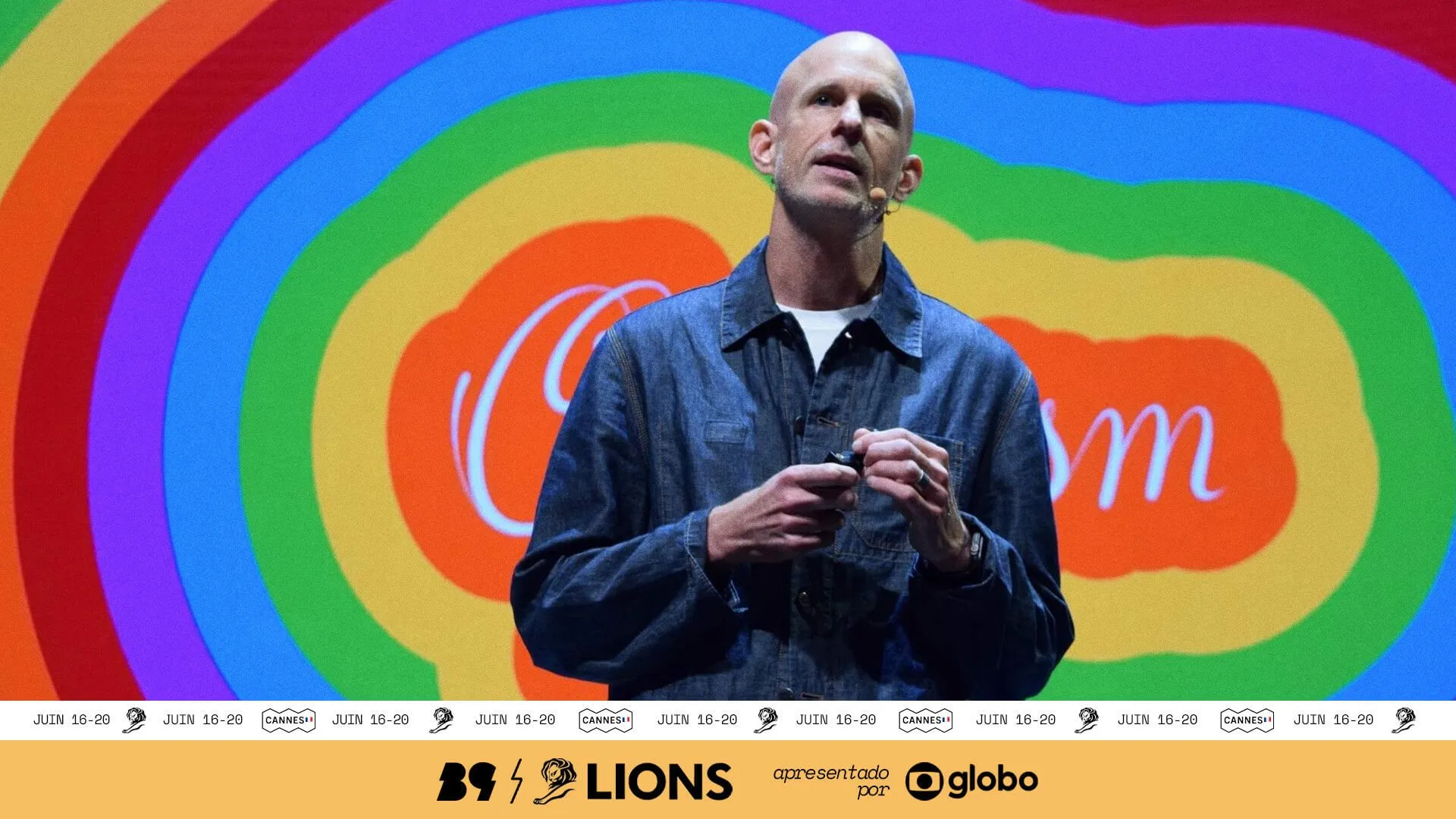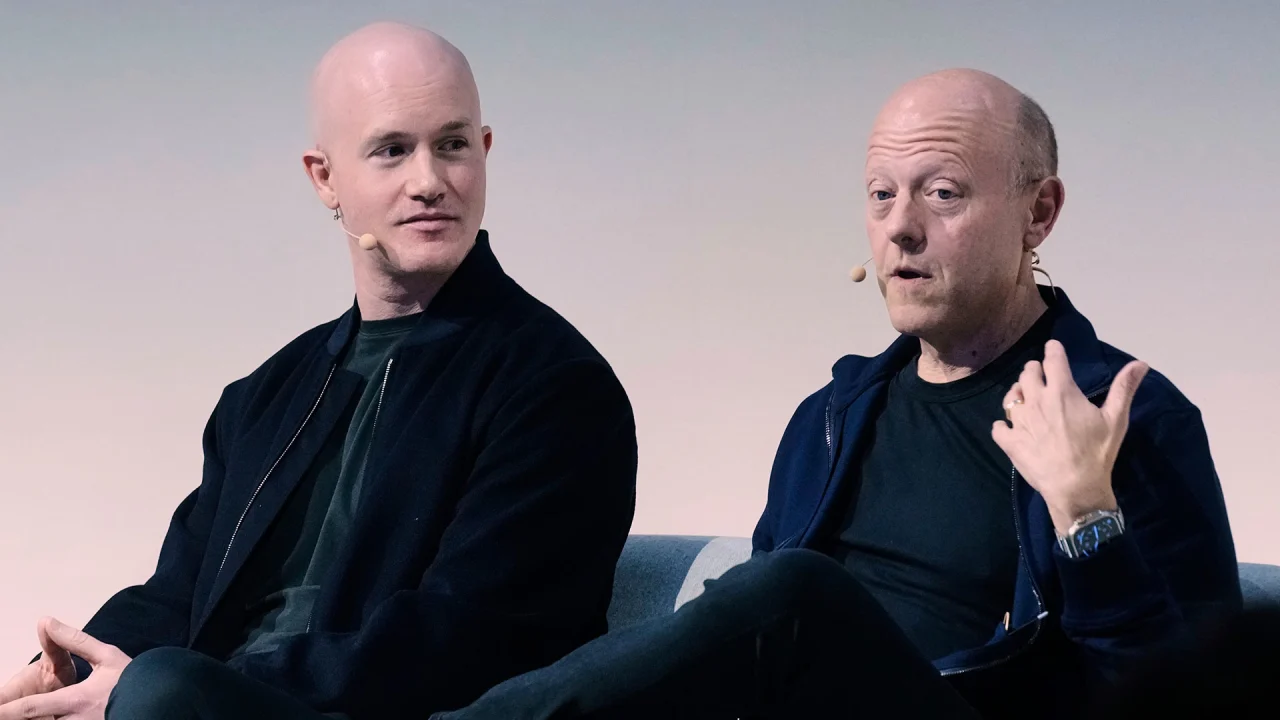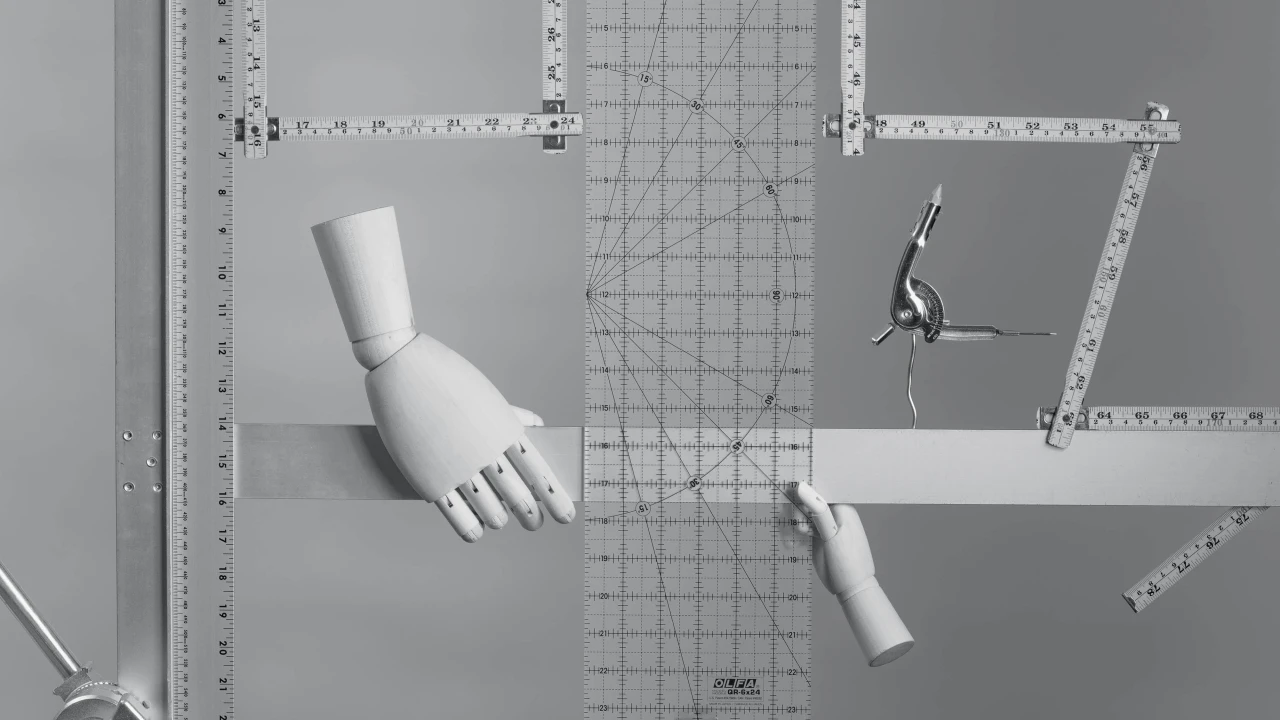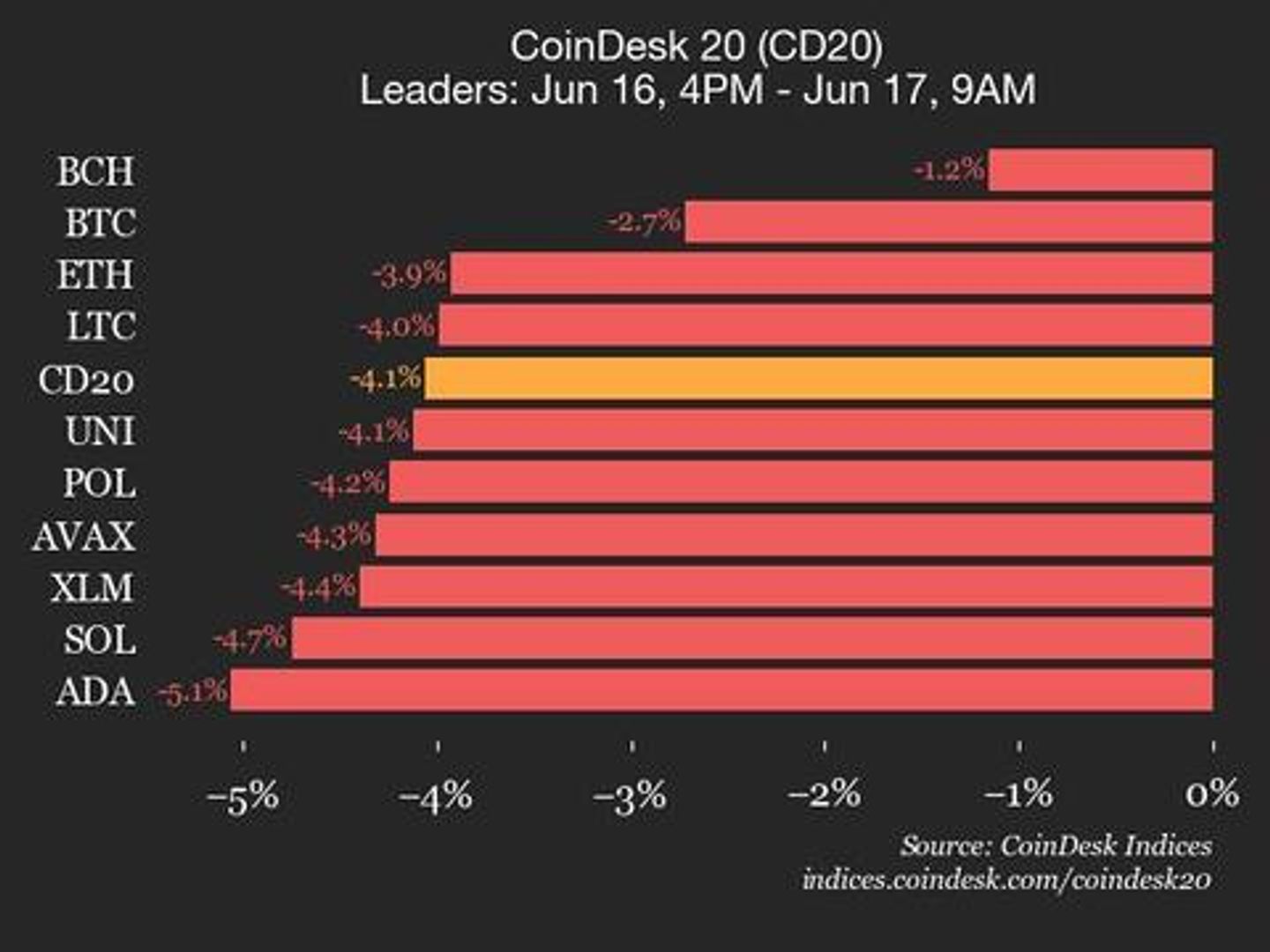Why do Christopher Nolan movies feel different?
Christopher Nolan doesn't just direct movies—he bends time, space, and sound to make you *feel* cinema. Dive in to uncover...


In an industry dominated by franchises, remakes, and intellectual property-based tentpoles, Christopher Nolan is an outlier. His ability to get studios to fund original, cerebral blockbusters like Inception, Interstellar, and Tenet is nearly unprecedented in today’s cinematic landscape. Nolan’s work invites audiences to think, feel, and sometimes struggle through non-linear narratives, ambiguous character arcs, and layered themes. His films are not simply watched—they are experienced.
From humble beginnings to IMAX dreams
Nolan’s first feature film, Following (1998), was made on a $6,000 budget, using black-and-white film, natural lighting, and a volunteer cast and crew. The film's constraints shaped many of his lifelong cinematic traits: fractured storytelling, tight editing, and stylistic minimalism. This DIY aesthetic didn’t fade with bigger budgets—it matured. With Memento, Nolan cemented his reputation as a storyteller who values structure and concept over spectacle. Even in his most grandiose works like Tenet, he retains an indie filmmaker's eye for detail and authenticity.
The obsession with time and structure
Time is not just a theme in Nolan’s films; it’s the spine. In Inception, dream layers run on different time scales. Interstellar explores time dilation in space, turning hours into decades. Dunkirk presents a war story in three timelines: one week (land), one day (sea), and one hour (air), each unfolding simultaneously. Nolan treats time as a narrative device, a thematic anchor, and a source of suspense. He invites viewers to engage actively, piecing together puzzle-like plots where the sequence of events is as important as the events themselves.
Visual storytelling rooted in practicality
While many modern filmmakers rely heavily on CGI, Nolan champions practical effects. He flipped a semi-truck in The Dark Knight, built rotating hallways for Inception, and crash-landed a real WWII fighter plane for Dunkirk. His preference for shooting on film, including IMAX, results in a richer, more textured visual experience. He frequently collaborates with cinematographers like Wally Pfister and Hoyte van Hoytema, favoring handheld shots, silhouettes, one-point perspective, and symmetrical compositions inspired by Kubrick. These visuals aren’t just pretty; they ground audiences in realism even as the story bends physics.
Sound design as an emotional force
Nolan’s use of sound is both iconic and controversial. The Inception "BRAAAM" has become a cinematic cliche, and his sound mixing often buries dialogue beneath overwhelming music and effects. He argues this is intentional—to create a visceral, immersive experience. In Interstellar, the rumble of engines and ticking clocks evoke existential dread. Yet, critics argue that it sometimes obstructs comprehension, especially when combined with characters speaking through masks or helmets, as seen in Tenet and The Dark Knight Rises. This deliberate murkiness transforms sound into another layer of narrative tension.
Motifs, metaphors, and meaning
Nolan infuses his films with recurring visual and conceptual motifs: mirrors, mazes, doubles, and recurring scenes. In Inception, the spinning totem represents the fragility of reality. In Insomnia, perpetual daylight reflects moral decay. These aren’t just aesthetic choices—they deepen themes of identity, guilt, and control. He frequently returns to earlier scenes with new information, reshaping the audience’s understanding. In Dunkirk, a crash appears survivable in one timeline but becomes fatal when revisited from another. This recursive storytelling challenges perception and rewards attentive viewers.
The paradox of character depth
For all his narrative complexity, Nolan is often criticized for underdeveloped characters. Emotional connections are sometimes implied rather than shown. For example, in Tenet, the protagonist risks everything for Kat, yet their relationship lacks emotional groundwork. Similarly, villains like Sator in Tenet or Bane in The Dark Knight Rises operate on grand motivations with little psychological depth. Nolan often resorts to exposition—characters explaining rather than expressing—which can undercut the emotional stakes. Despite this, his characters serve as vessels for larger philosophical inquiries rather than traditional heroes or villains.
Nolan’s lasting legacy and industry impact
Despite (or perhaps because of) his polarizing style, Nolan has left a seismic impact on cinema. His push for practical effects has sparked a revival in analog filmmaking. His complex structures have emboldened mainstream audiences to embrace non-linear narratives. Even his flaws—opaque sound design, abstract characters—have become talking points that contribute to his mystique. Studios now use "no CGI" or "Nolan-esque" as marketing strategies, proving that his approach sells as much as it challenges.
A mirror of our times
Ultimately, Nolan’s films resonate because they tap into contemporary anxieties: the passage of time, the search for meaning, and the unreliability of memory. In a digital age overwhelmed by noise, his work offers both a cerebral escape and a sensory overload. Whether you leave the theatre confused or contemplative, one thing is certain—you feel different after watching a Christopher Nolan film. And that, perhaps, is his greatest achievement.








































































































































































































